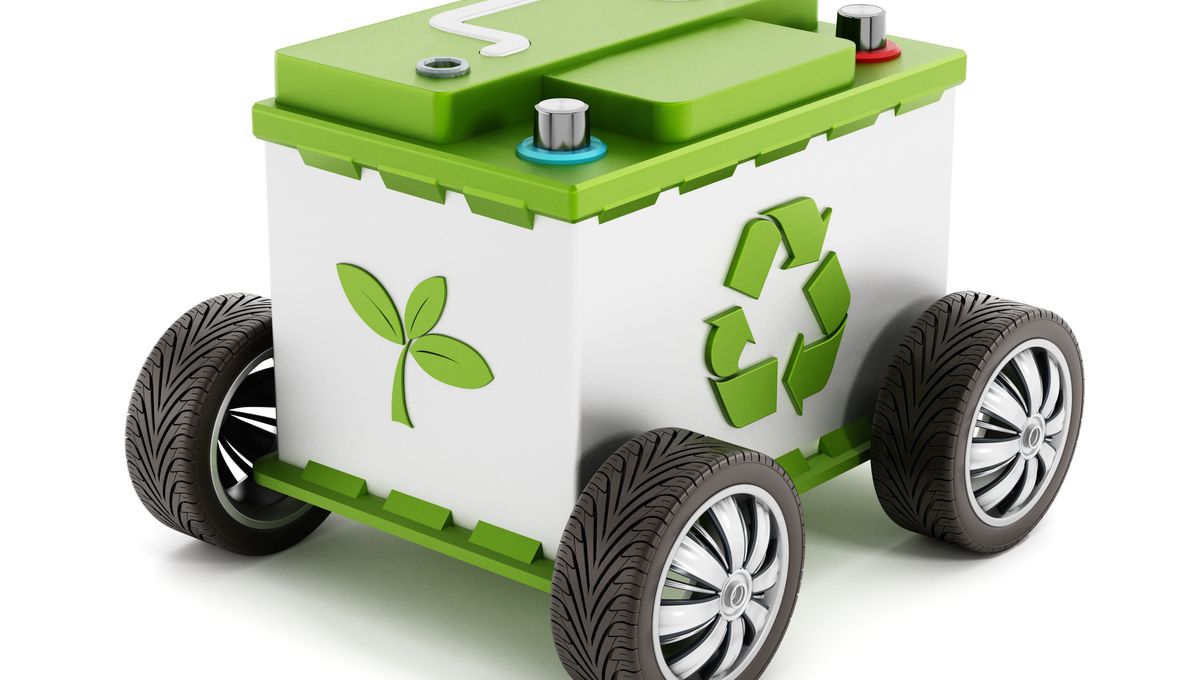Recycling batteries may be challenging, but finding a “second life” for them in less demanding applications could offer a solution to many other problems.
It’s no secret that the number of used electric car batteries to deal with will eventually be staggering. Electric cars now account for 16 percent of the global market, surpassing expectations, especially in Europe and China. When you add in batteries for buses, trucks, and motorbikes, the world is producing large-scale batteries at an astonishing rate, and we will need to address this issue eventually.
However, the first misconception is how quickly this problem will become significant. The expected lifespan of an electric car battery used to be five years. With electric car sales surpassing 5 percent in 2021 (6.7 million), it seemed like we would face a massive volume of used batteries very soon. However, batteries are lasting longer than anticipated, and now it seems more realistic to expect replacement after 8-10 years in most cases. New technologies could even extend that further for future generations of cars.
Nevertheless, this only delays the problem. If we choose the obvious solution of recycling batteries back to their raw materials, it’s clear that we are far from ready. The world’s track record with smaller batteries for phones and laptops is not encouraging. In 2021, the BBC reported that only around 5 percent of these batteries are currently being recycled. Most batteries are not designed to facilitate easy dismantling and separation for recycling purposes.
However, electric vehicle batteries need to maintain close to their initial capacity to operate effectively. If a car battery can only store 70 percent of its initial energy, the distance it can travel before needing a recharge is significantly reduced. It’s not practical to attach additional batteries to restore the original range.
However, this is not the case for bulk storage of electricity. Second life batteries used for grid storage can collect solar power during the day to be used during peak evening demand. If these batteries have lost a third of their capacity during their time in an electric vehicle, there’s a simple solution: use three batteries instead of two.
There are still some obstacles to overcome. Banks of batteries work best when they are as similar as possible in composition and usage history. Companies exploring second life storage are researching ways to test and sort batteries to combine them as effectively as possible.
Nevertheless, when it comes to engineering problems, this appears to be one of the easier ones to solve. Second life batteries are unlikely to solve the long-term storage challenge for renewable energy during periods of low sunlight and wind. Achieving 100 percent carbon-free grids will likely require a range of technologies. However, second life batteries can undoubtedly help replace gas peaker plants for evening use, significantly reducing fossil fuel consumption.
Currently, the industry is facing a problem of too few expired batteries rather than too many, leading to increased prices. The cost of second life batteries has recently exceeded the price of new ones straight from the factory to the car. Those seeking used batteries for grid storage of renewables are competing with buyers redirecting them to boats, off-grid houses, and second-hand cars with short commutes.
Eventually, batteries will become so worn out that they will no longer be suitable for a second or even third life. At that point, recycling will be the only option. However, since most second life uses are expected to degrade batteries much more slowly than driving, that day is likely far in the future.








